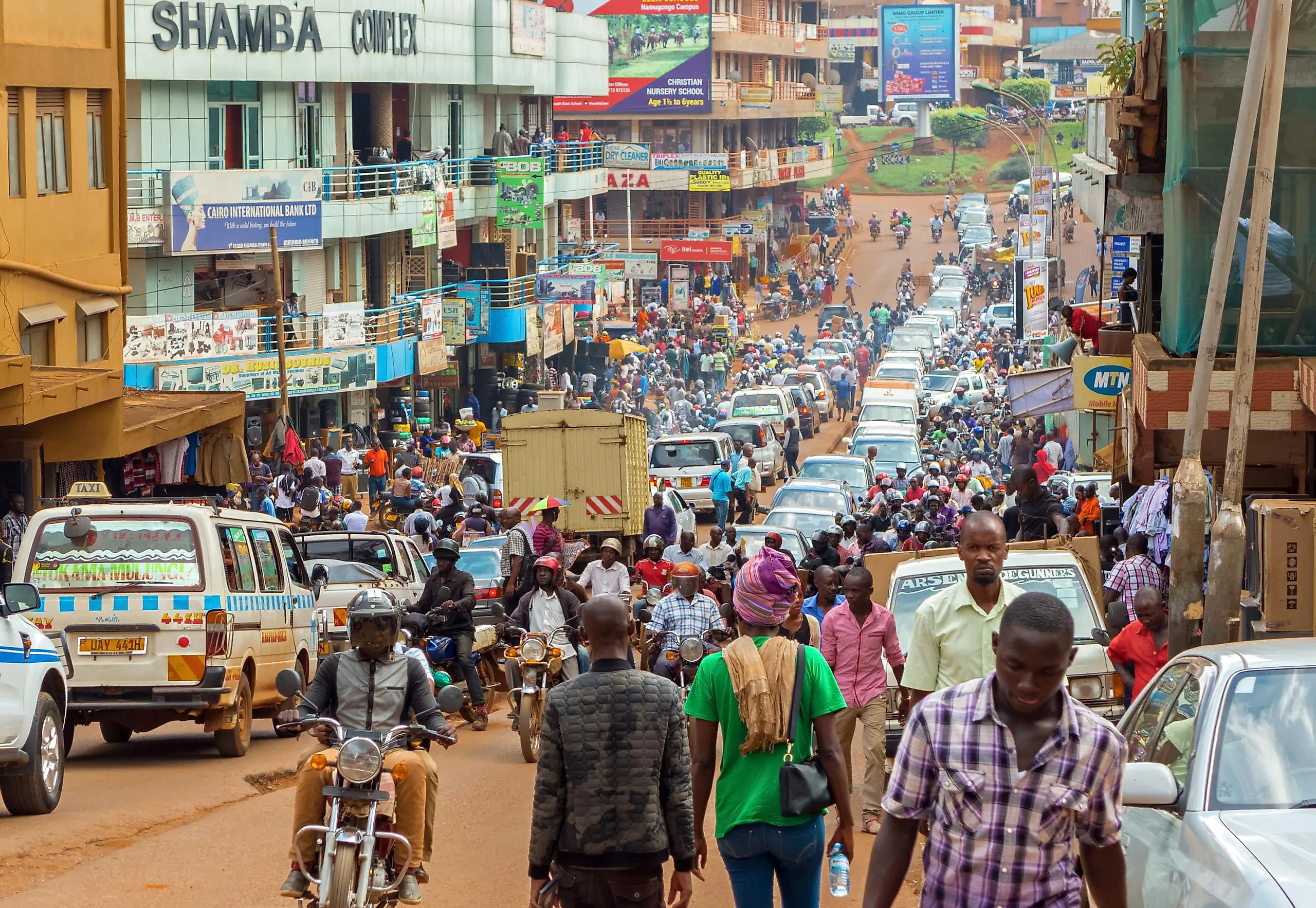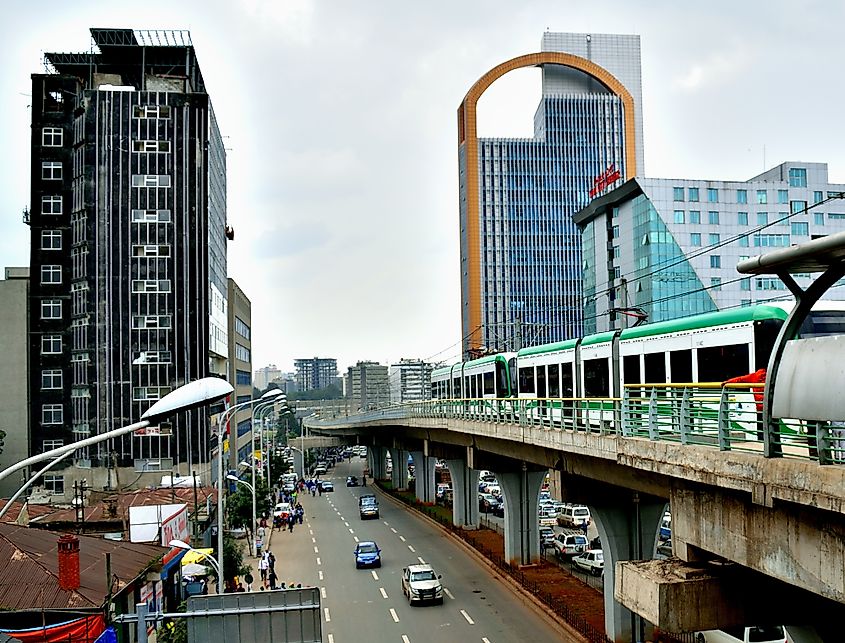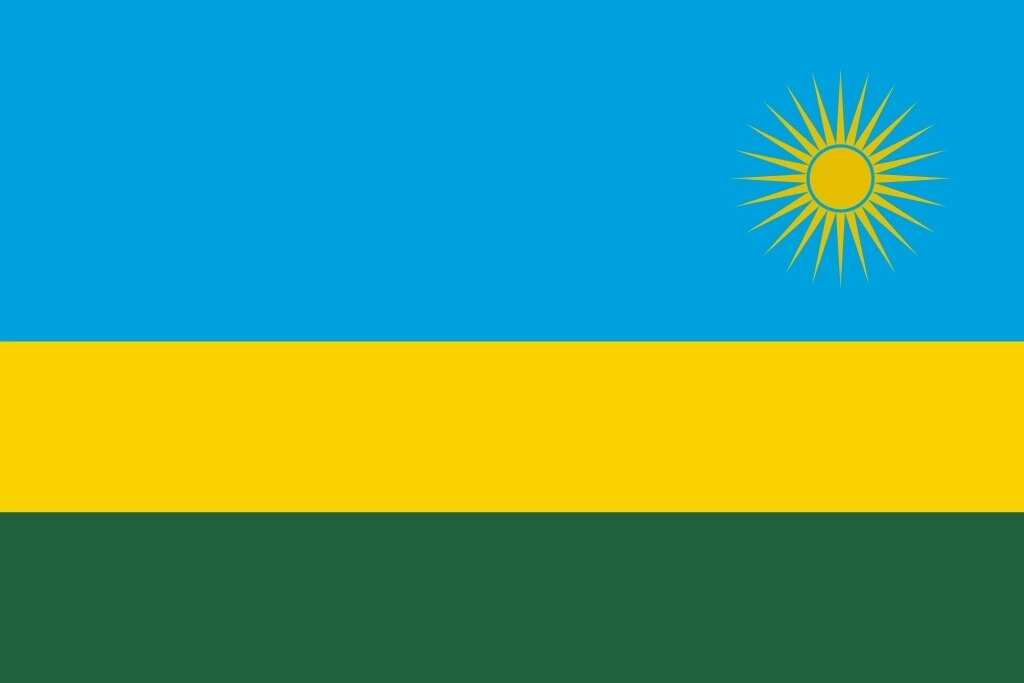

Christianity and Islam are the main faiths observed in Ethiopia. Įthiopia is a multi-ethnic state with over 80 different ethnic groups. From 2018, regional and ethnically based factions carried out armed attacks in multiple ongoing wars throughout Ethiopia. Since then, Ethiopia has suffered from prolonged and unsolved inter-ethnic clashes and political instability marked by democratic backsliding. Following the dissolution of the Derg in 1991, the Ethiopian People's Revolutionary Democratic Front (EPRDF) dominated the country with a new constitution and ethnic-based federalism. The Derg, a Soviet-backed military junta, took power in 1974 after deposing Emperor Haile Selassie and the Solomonic dynasty, ruled the country nearly 17 years, initiating the Ethiopian Civil War.
MOST POPULOUS LANDLOCKED COUNTRY FULL
In 1941, during World War II, it was occupied by the British Army, and its full sovereignty was restored in 1944 after a period of military administration. In 1935, Ethiopia was occupied by Fascist Italy and annexed with Italian-possessed Eritrea and Somaliland, later forming Italian East Africa. Externally, during the late–19th-century, Ethiopia defended itself against foreign invasions, including from Egypt and Italy as a result, Ethiopia and Liberia preserved their sovereignty during the Scramble for Africa.
MOST POPULOUS LANDLOCKED COUNTRY SERIES
įrom 1878 onwards, Emperor Menelik II launched a series of conquests known as Menelik's Expansions, which resulted in the formation of current border of Ethiopia. Emperor Tewodros II ended Zemene Mesafint at the beginning of his reign in 1855, marking the reunification and modernization of Ethiopia. By the 14th century, the empire grew in prestige through territorial expansion and fighting against adjacent territories most notably, the Ethiopian–Adal War (1529–1543) contributed to fragmentation of the empire, which ultimately fell under a decentralization known as Zemene Mesafint in mid-18th century. The Zagwe dynasty ruled the north-central parts until being overthrown by Yekuno Amlak in 1270, inaugurating the Ethiopian Empire and the Solomonic dynasty, claimed descent from the biblical Solomon and Queen of Sheba under their son Menelik I. After the collapse of Aksum in 960, a variety of kingdoms, largely tribal confederations, existed in the land of Ethiopia.

Christianity embraced the kingdom in 330 and Islam was arrived by the first Hijra in 615. In 980 BC, the Kingdom of D'mt extended its realm over Eritrea and the northern region of Ethiopia, while the Kingdom of Aksum maintained a unified civilization in the region for 900 years. The lowland area of present Ethiopia proposed likely urheimat for the Afroasiatic language family, postulating its dispersal to the Fertile Crescent prior to the Neolithic era by a population that had developed subsistence patterns of intensive plant collection and pastoralism, evolved into indigenous subsistence patterns of agriculture and pastoralism practiced in contemporary times.


Īnatomically modern humans emerged from modern-day Ethiopia and set out to the Near East and elsewhere in the Middle Paleolithic period. The national capital and largest city, Addis Ababa, lies several kilometres west of the East African Rift that splits the country into the African and Somali tectonic plates. It is home to 117 million inhabitants, making it the 12th-most populous country in the world and the 2nd-most populous in Africa after Nigeria. Ethiopia has a total area of 1,100,000 square kilometres (420,000 sq mi). It shares borders with Eritrea to the north, Djibouti to the northeast, Somalia to the east and northeast, Kenya to the south, South Sudan to the west, and Sudan to the northwest. Without proper rendering support, you may see question marks, boxes, or other symbols instead of Ethiopic characters.Įthiopia, officially the Federal Democratic Republic of Ethiopia, is a landlocked country in the Horn of Africa.


 0 kommentar(er)
0 kommentar(er)
